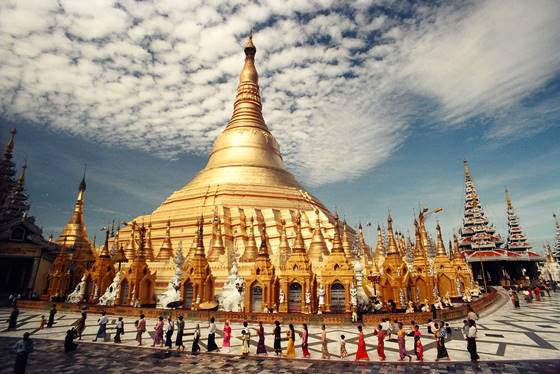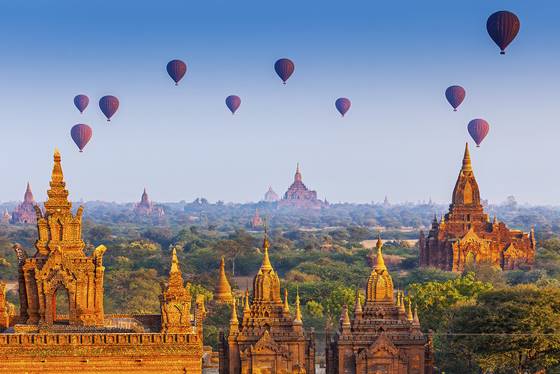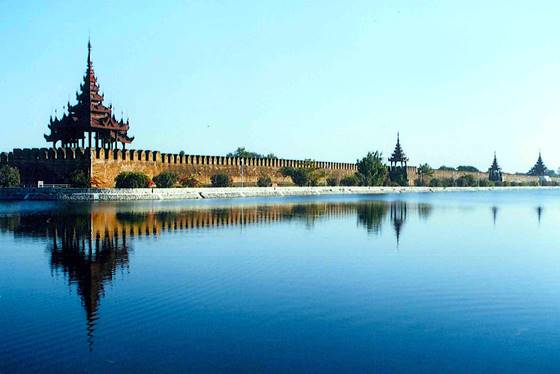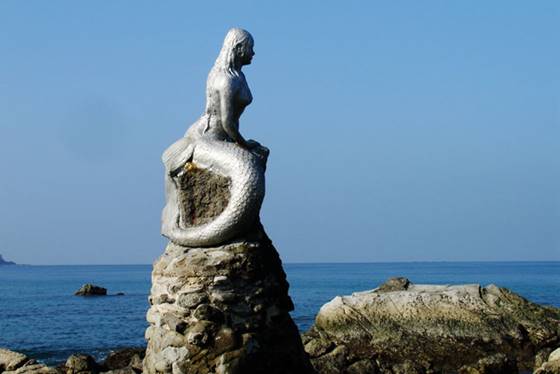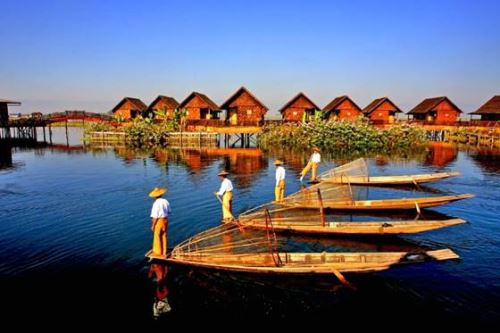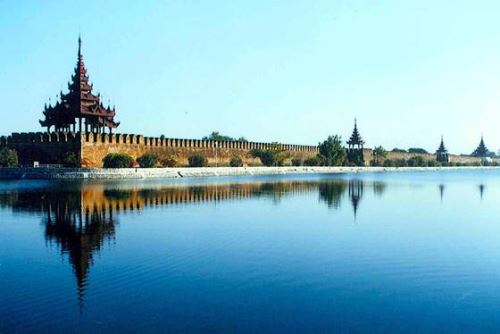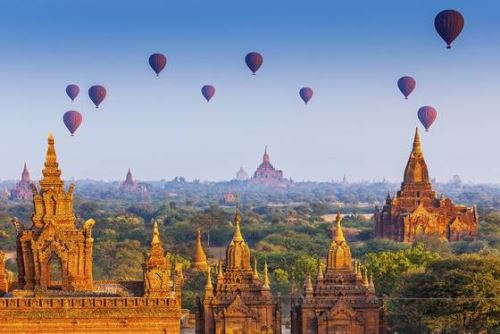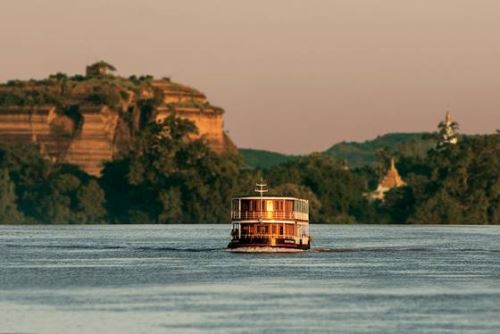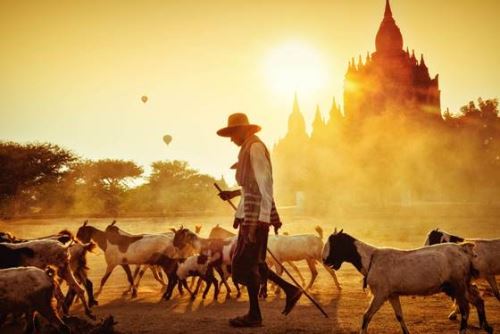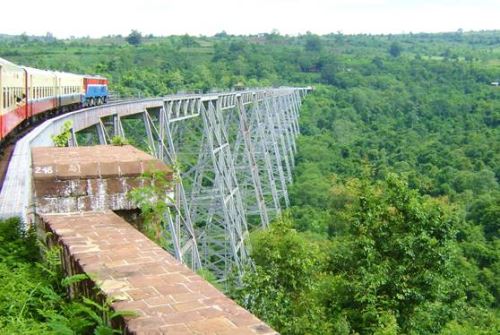Inle Lake is the second largest natural lake in Myanmar. It is situated in the middle of the Nyaungshwe Valley, nestled between two mountain ranges that extend north to south. The lake has a length of 22km and a width of 11km and is 875 metres above sea level. Inle Lake is 35 kilometres away from the nearest airport at Heho, and there are flights to there from both Yangon and Mandalay.
The shore and islands of Inle Lake accommodate 17 villages, all of which are on stilts. The lake does not actually have a shoreline; an individual cannot walk around it directly. The water of Inle Lake gets shallow as hyacinths and marsh paddies become dense; the path becomes impassable, and suddenly there is solid land.
The inhabitants of the island are called the Intha, and they are devout Buddhists. This is the reason there are about a hundred Buddhist pagodas and about a thousand stupas in this area. The most remarkable feature of the lake is the leg-rowing Intha fishermen: they drive their flat-bottom boats by standing on the stern with one leg and using the other leg with the oar to row in order to obtain better vision over the reeds.



